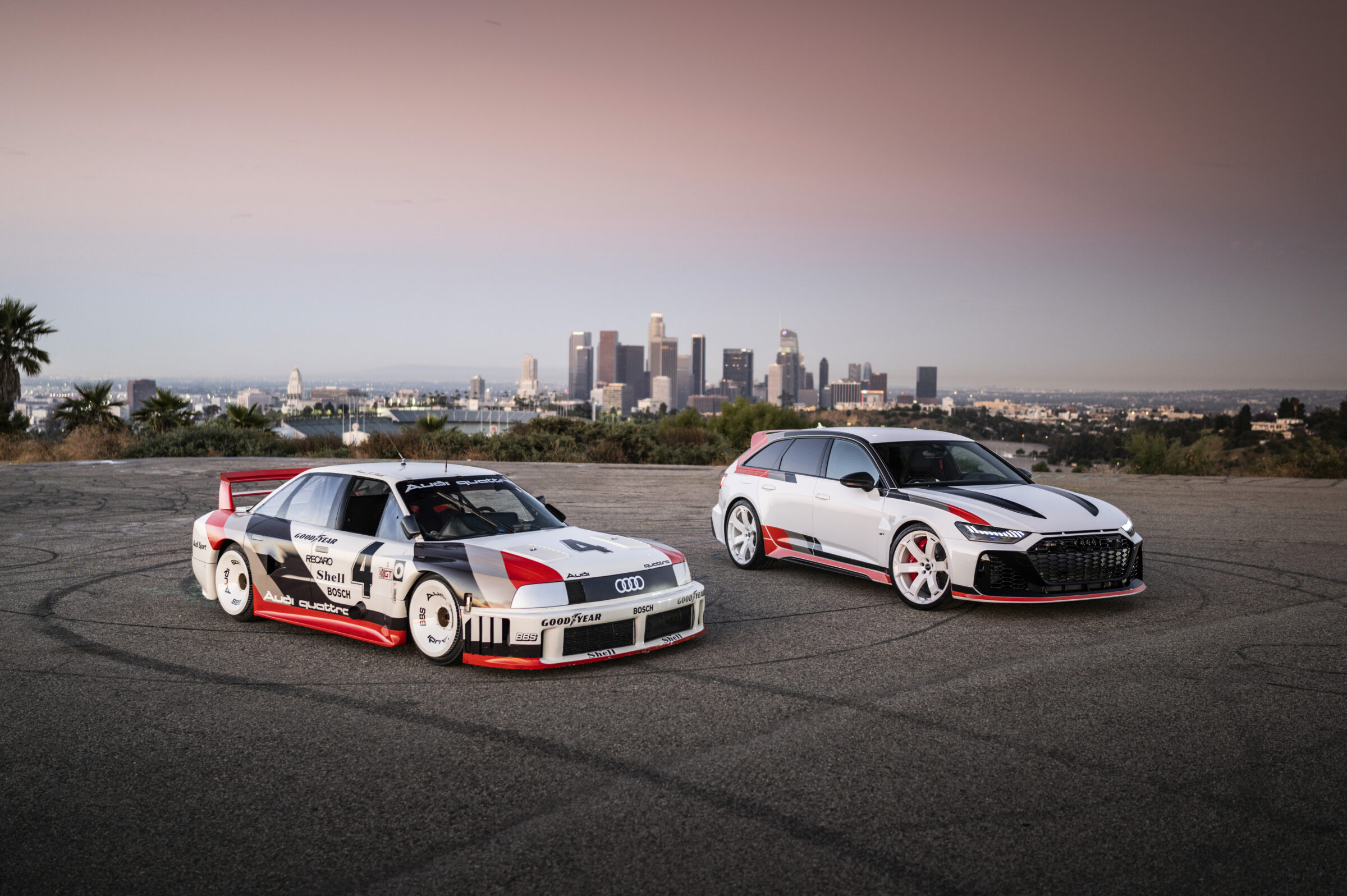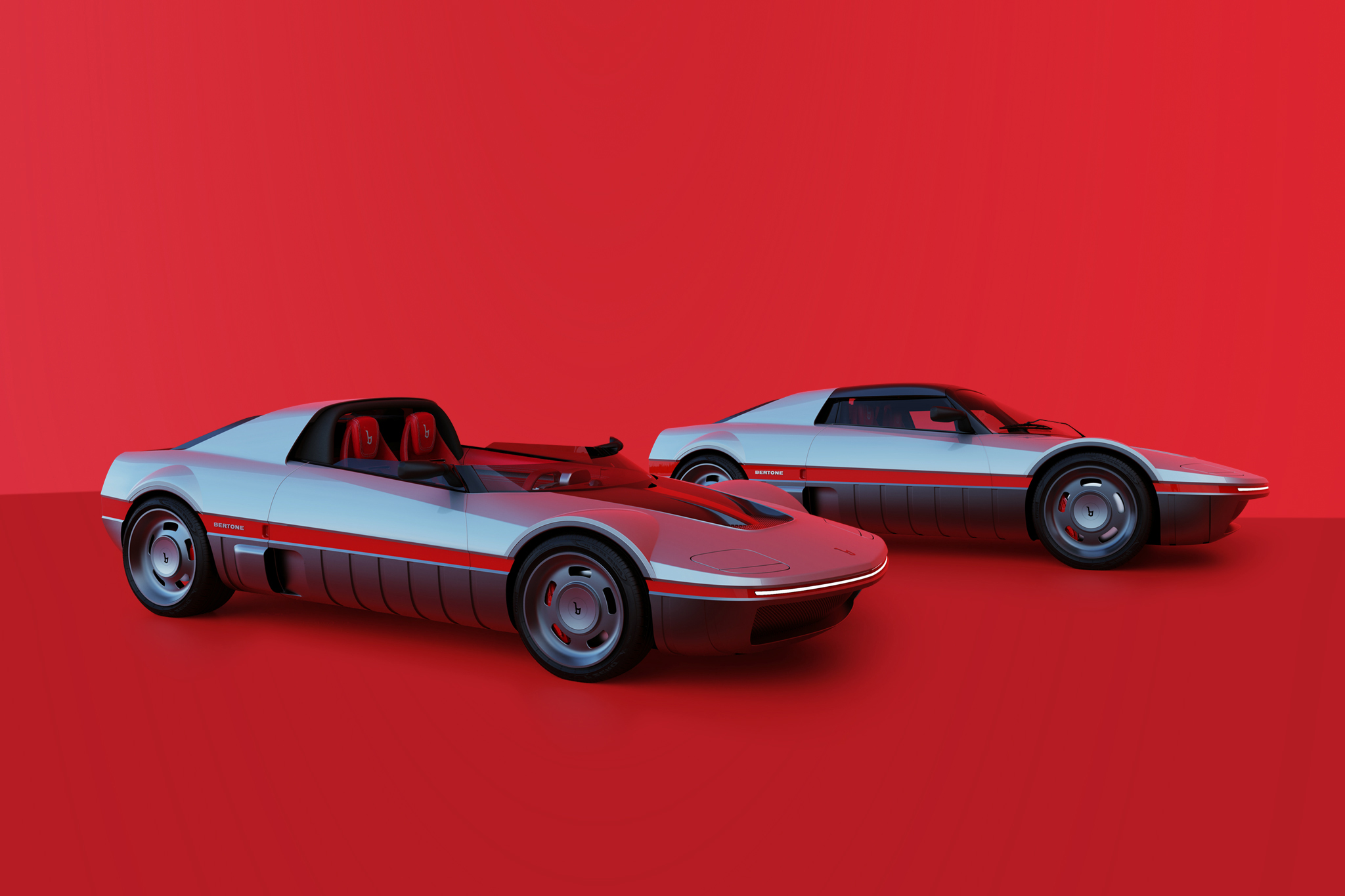Alfa Romeo 8C 2900B Touring Berlinetta
The entire Retromobile in Paris is once again a place that car fans all around the world are talking about – regardless of whether they’re live there or just looking at some pictures. The reason for this is the incredible amount of automotive highlights gathered in the halls at the Porte de Versailles. Other highlights are shown at the annual auctions of RM Sotheby’s and Bonhams outside of the exhibition center. But one auction is still to come today (Friday) and it contains the vehicle that was probably most talked about: An Alfa Romeo 8C 2900B Touring Berlinetta.
Alfa Romeo presented the 8C in 1931 as a new top-of-the-line model above the successful 6C. The numbers represent the number of combustion chambers in the engines. Initially, the 8C had 2.3 liters of displacement and was available with two different wheelbases. Coachbuilders like Zagato, Castagna, Figoni et Falaschi, Vanden Plas, Touring and Pinin Farina lined up to create their individual bodyworks for these chassis. In motor racing, the Italians tied up to the successes of the 6C and won the 24 Hours of Le Mans four consecutive times from 1931 to 1934 with the 8C 2300. A total of 188 copies of the 8C 2300 were made.
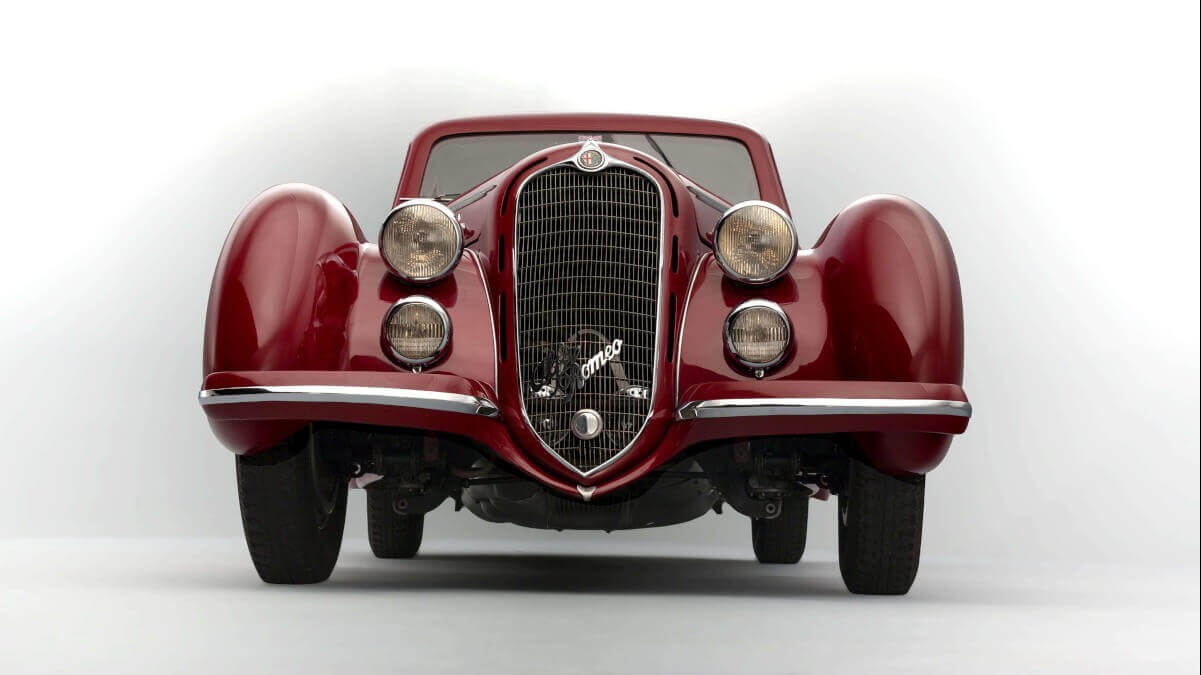

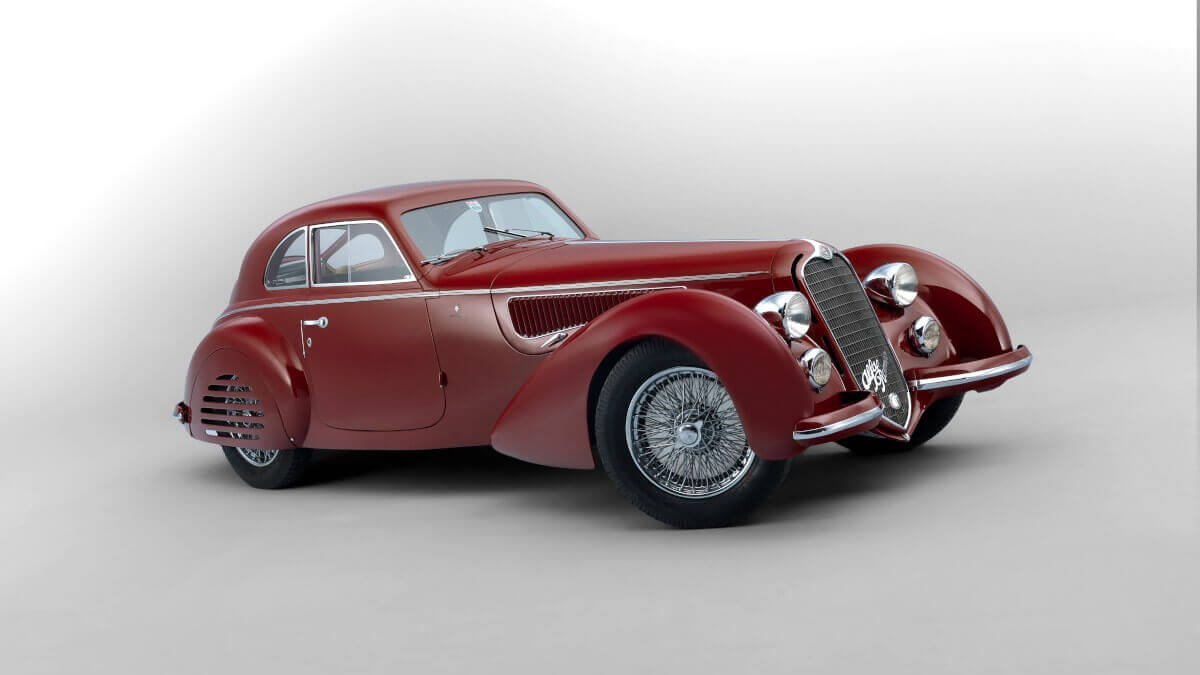

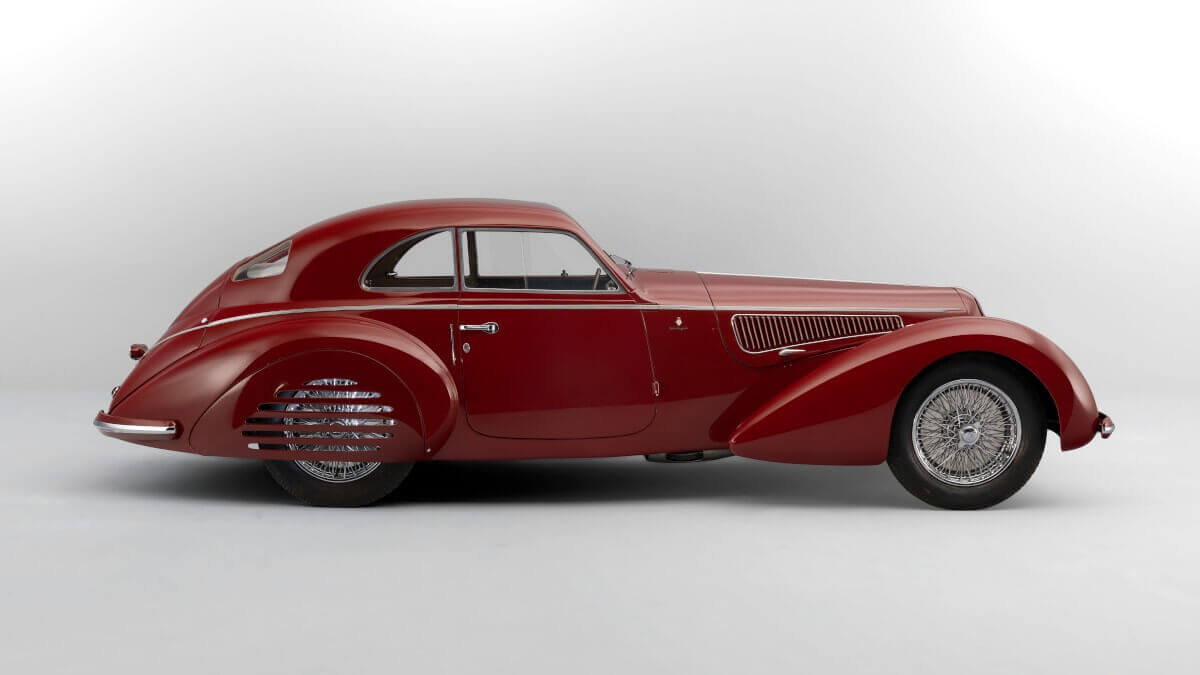

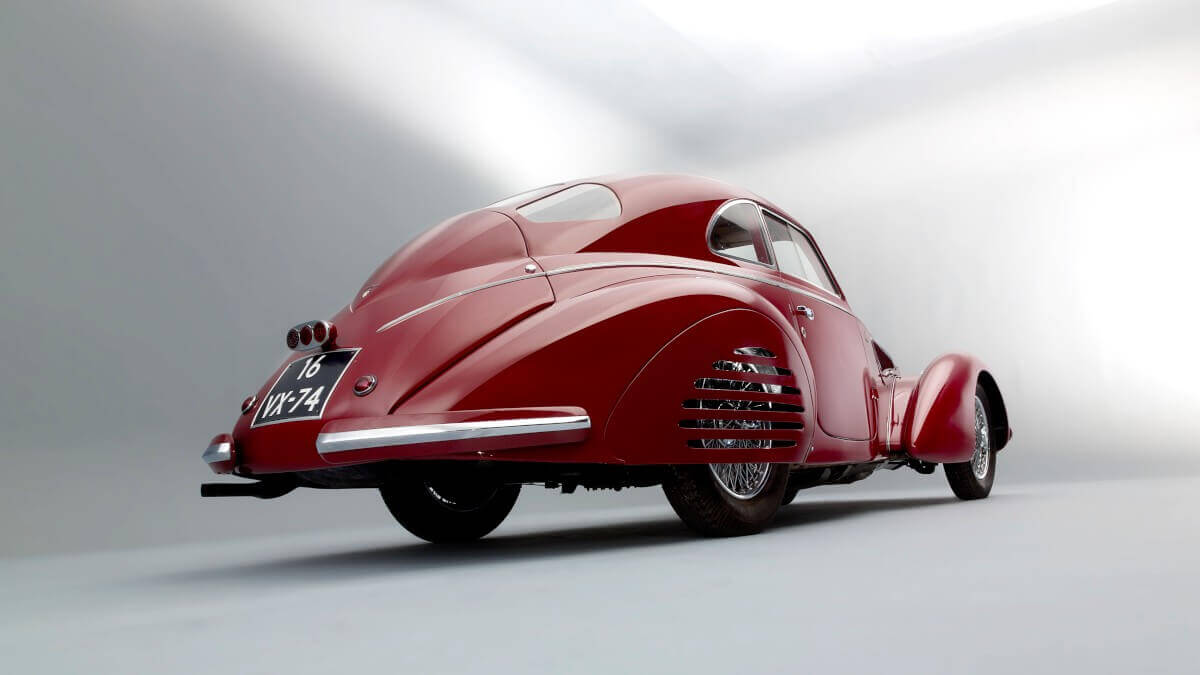

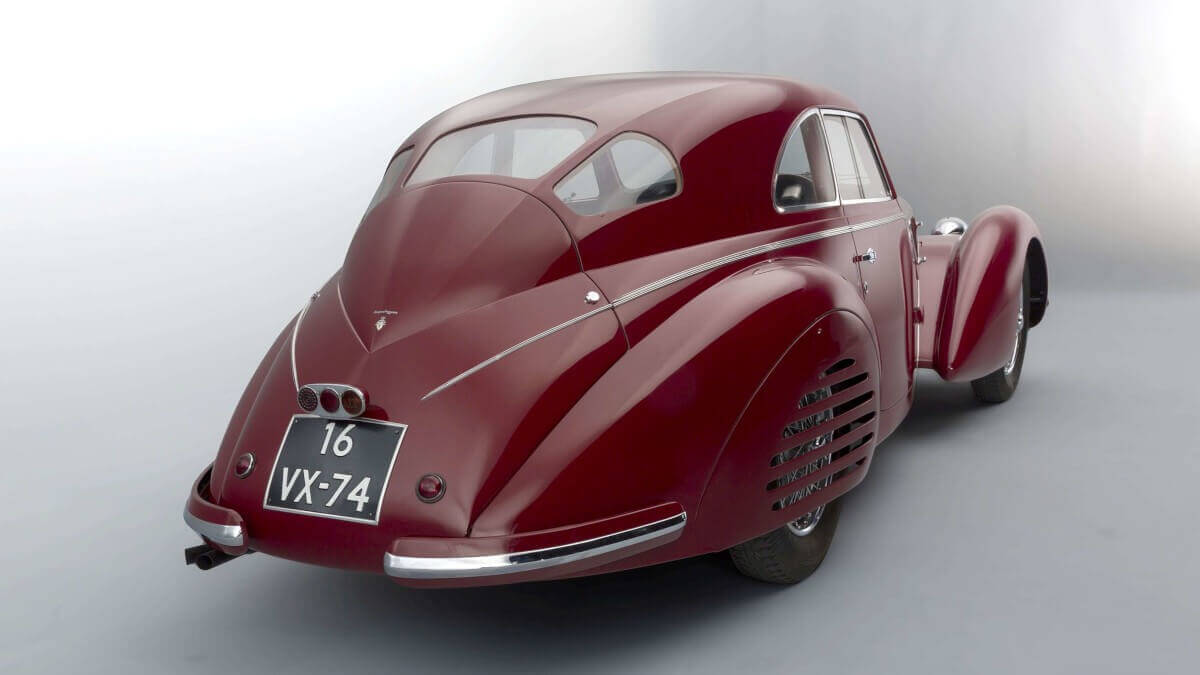

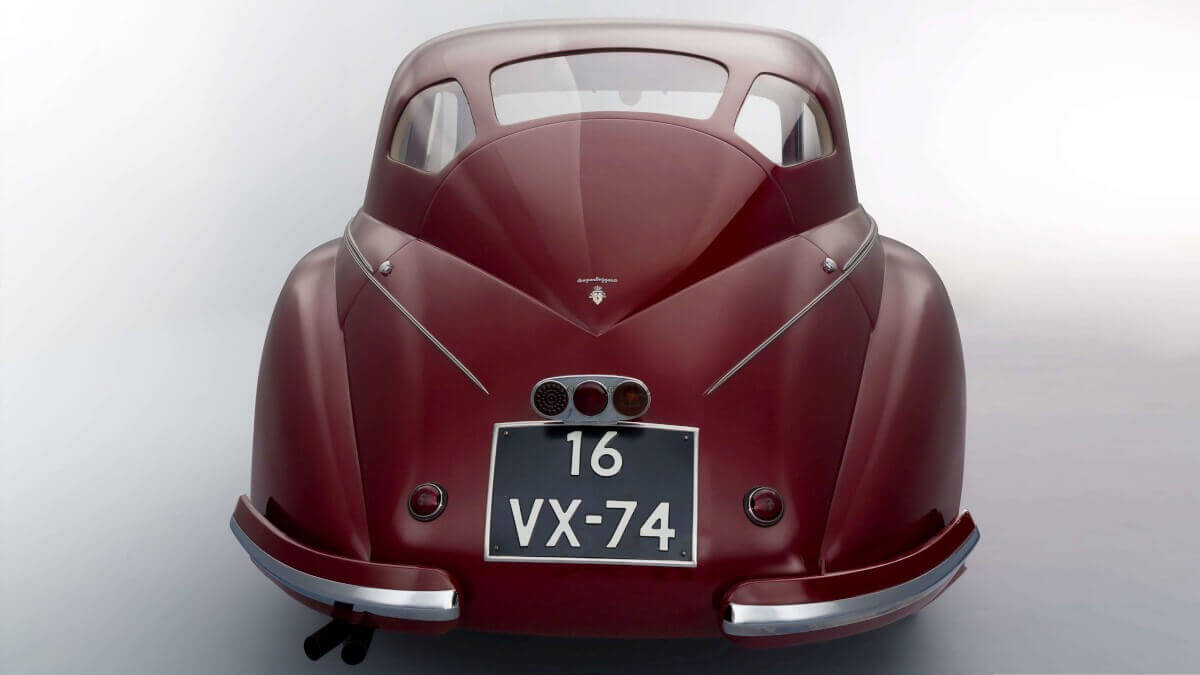

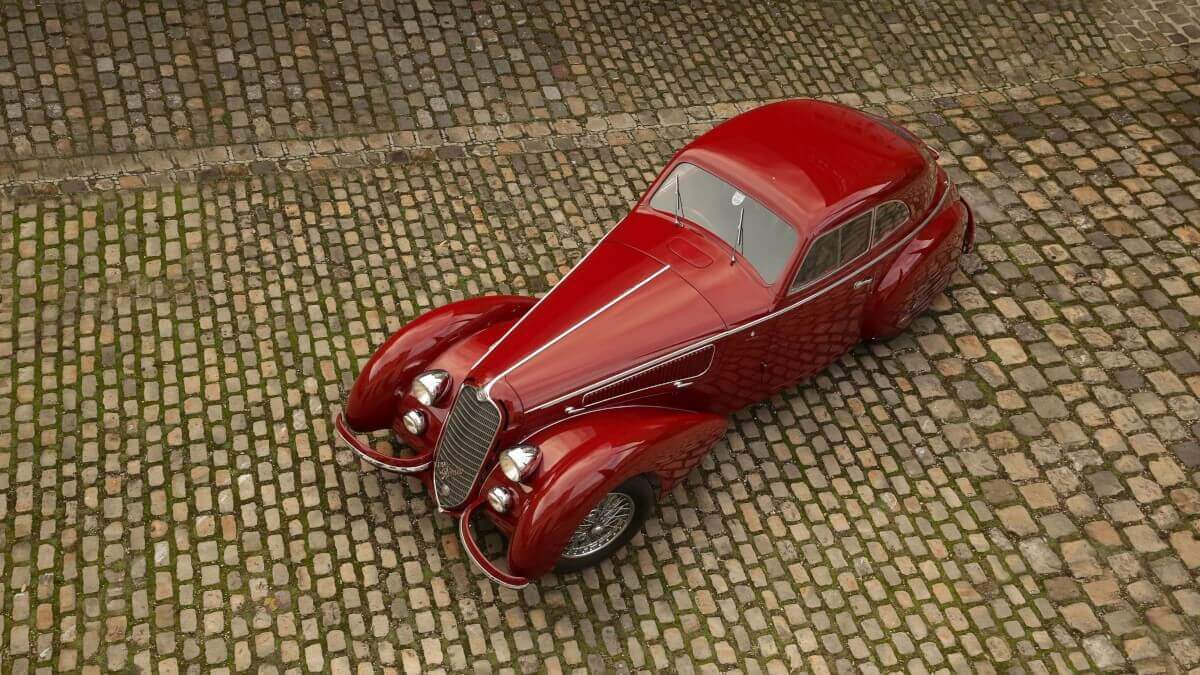

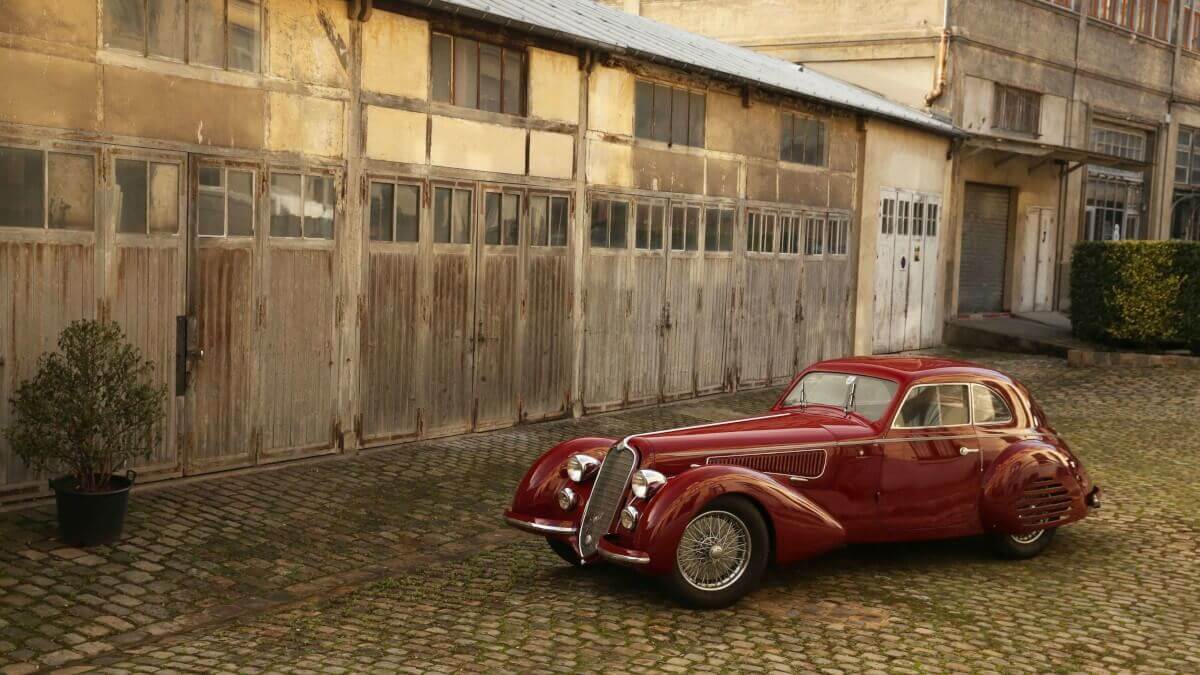

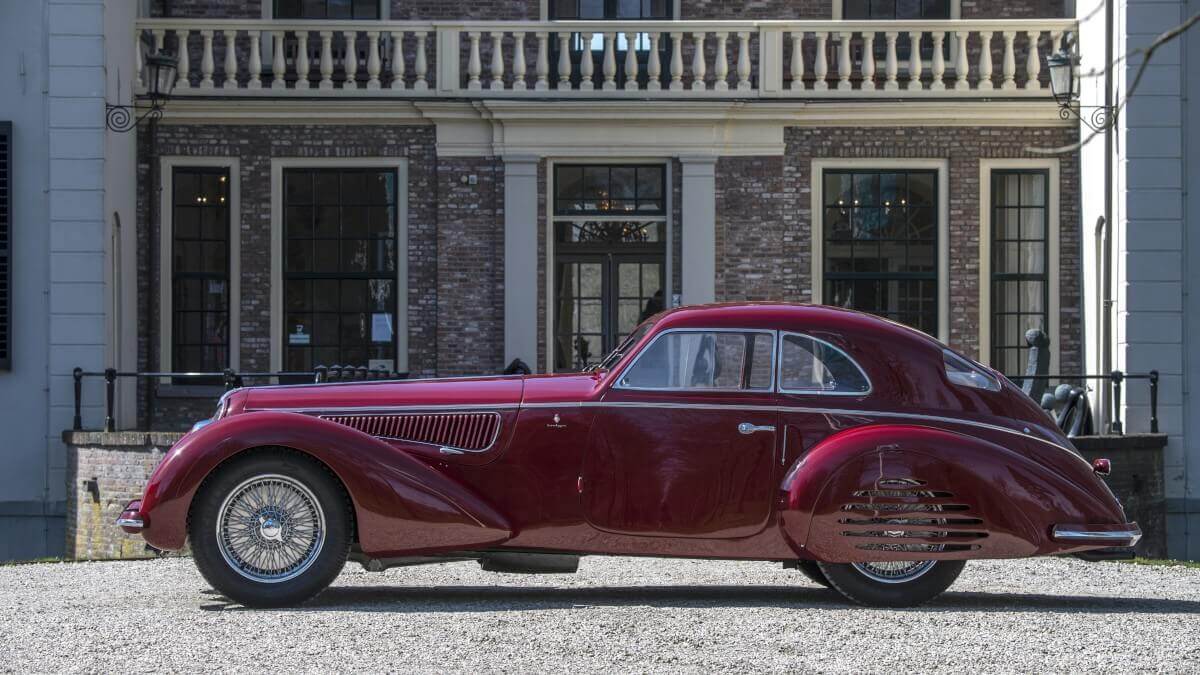



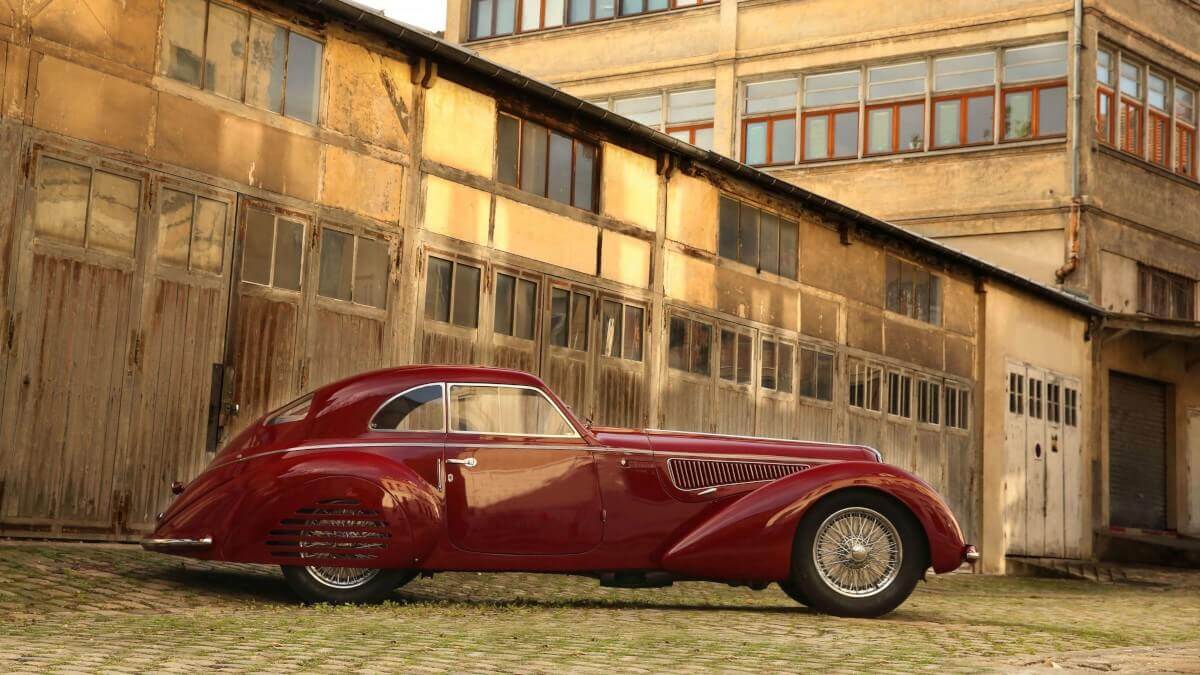

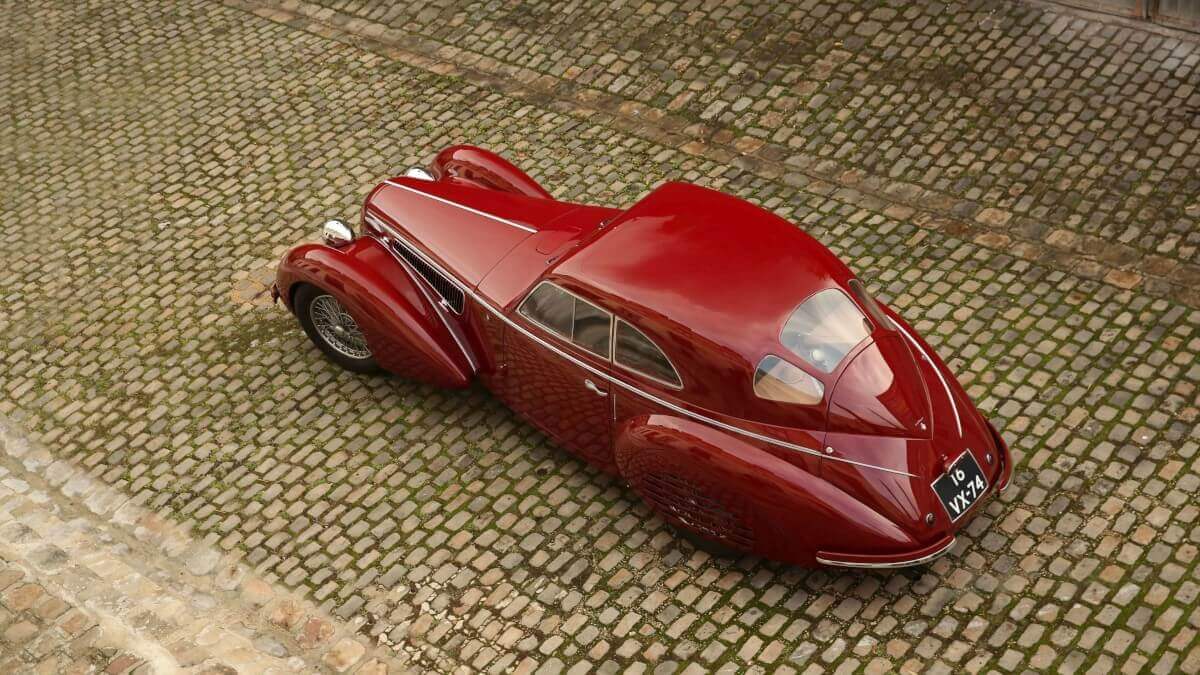

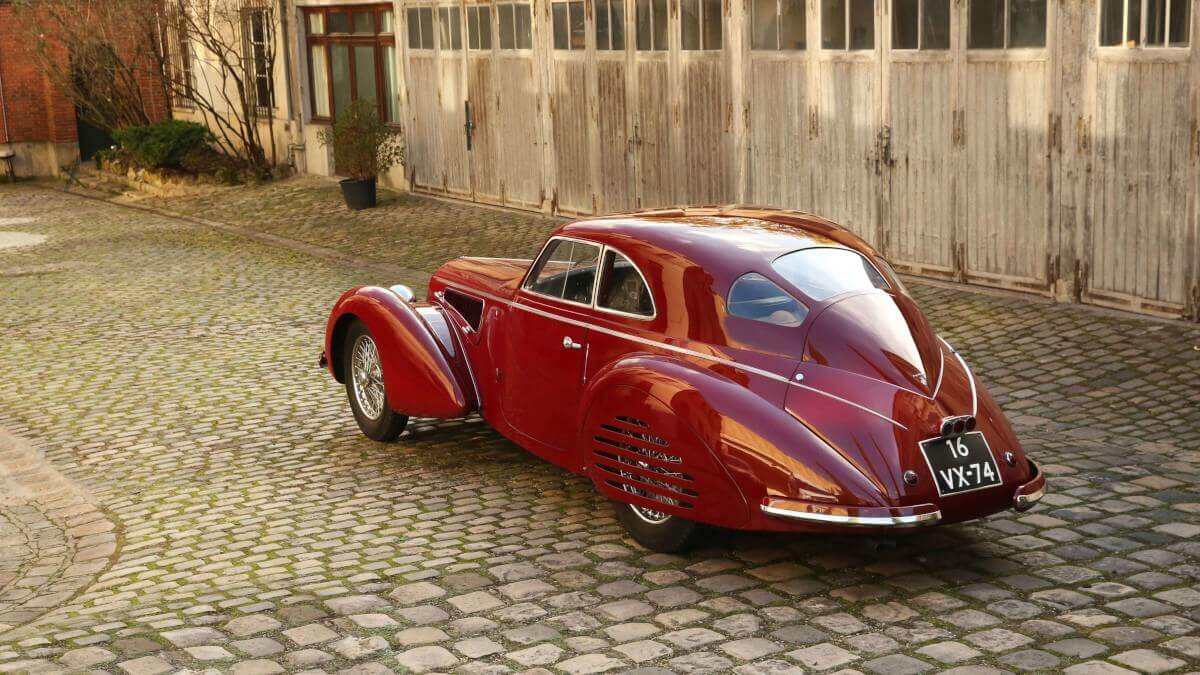

From 1935, the engineers increased the displacement to 2.9 liters and named the car logically to the 8C 2900, which debuted at the Paris Motor Show. In addition to road vehicles Alfa also built some monopostos for Grand Prix racing, mostly used under the flag of the then works racing team Scuderia Ferrari. Alfa Romeo had turned to the engineering office of Ferdinand Porsche in Germany to develop new independent suspensions for the 6C 2300 and the 8C 2900. By this, they wanted to become significantly more competitive against the racecars from Auto Union and Mercedes-Benz in comparison to the year before. Also the basic tube frame was significantly stiffer compared to the previous model. The gearbox was blocked into the rear axle and both hung on transversely mounted leaf springs. To effectively reduce vibration and swing axle effects, the engineers developed a system which effectively shortened the spring length independently on each side.
The street version was the fastest sports car of the pre-war era. In the Mille Miglia 1938, an 8C 2900 Spider achieved an average speed of 178.7 kph over a distance of about 250 kilometers, including braking for the crossing of villages and small cities as well as for level crossing and so on. Then it scored an average of 211.4 kph on the then brand new Autostrada between Firenze and Livorno over 86.8 kilometers. There are no exact numbers of the built vehicles, instead there are contradictory figures between 30 and 43 copies. In 1936, for example, Alfa Romeo almost built no cars at all, but only lorries, aero engines and other military equipment for the Italian army in North Africa. As a short wheelbase 8C 2900A, the car was almost only available as a racecar, while only a few streetlegal Spider with works bodywork rolled out of the factory. Then, from 1937, they offered the 8C 2900B with either 2.8 or 3 meters of wheelbase and a supercharged engine with more power. However, it is certain, that only five of these chassis went to Touring to receive a Berlinetta bodywork in aluminium. The first of them debuted at the Paris Motor Show in 1937. All five still exist today.
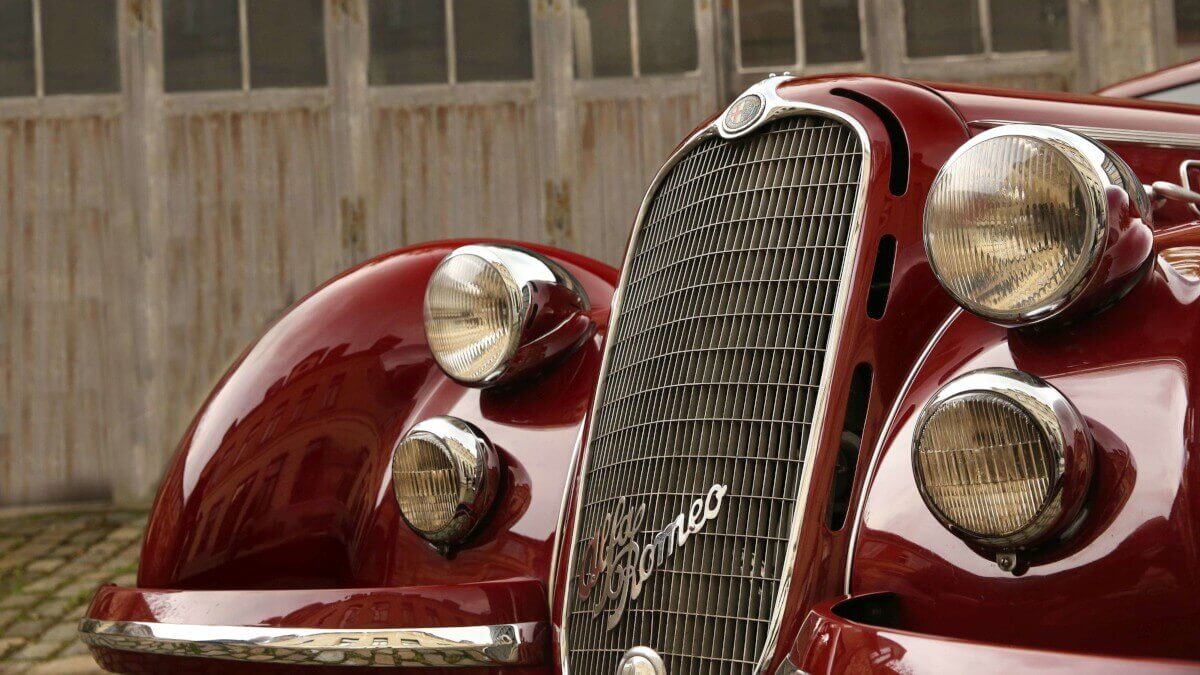

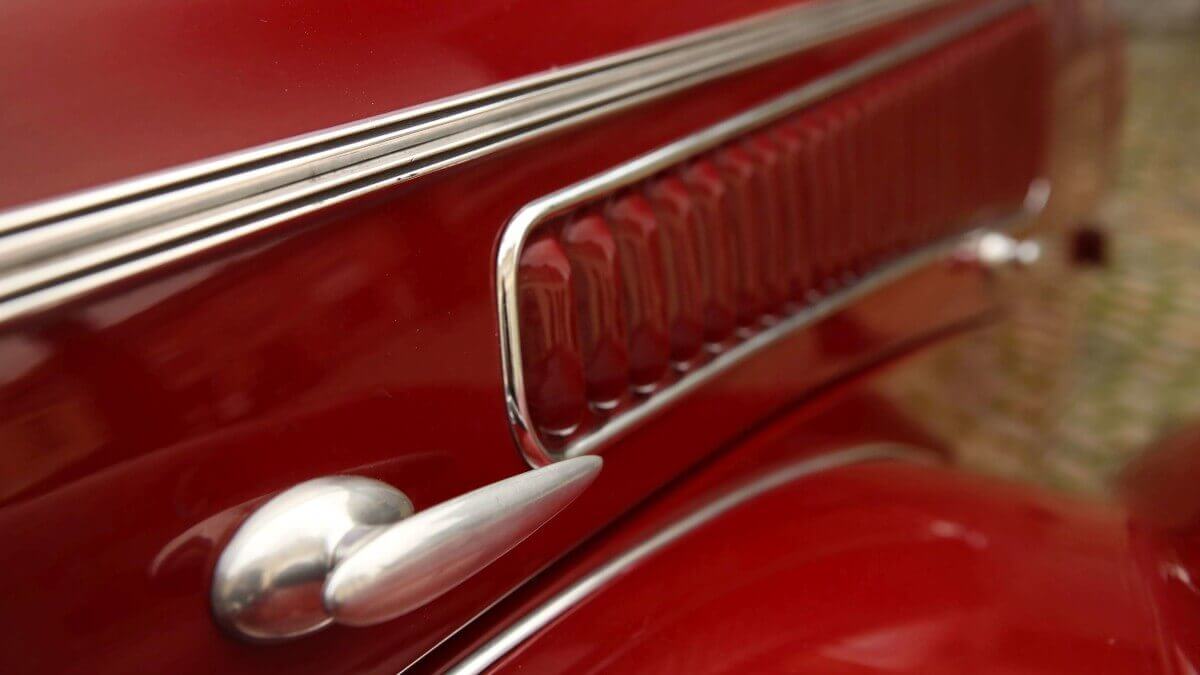

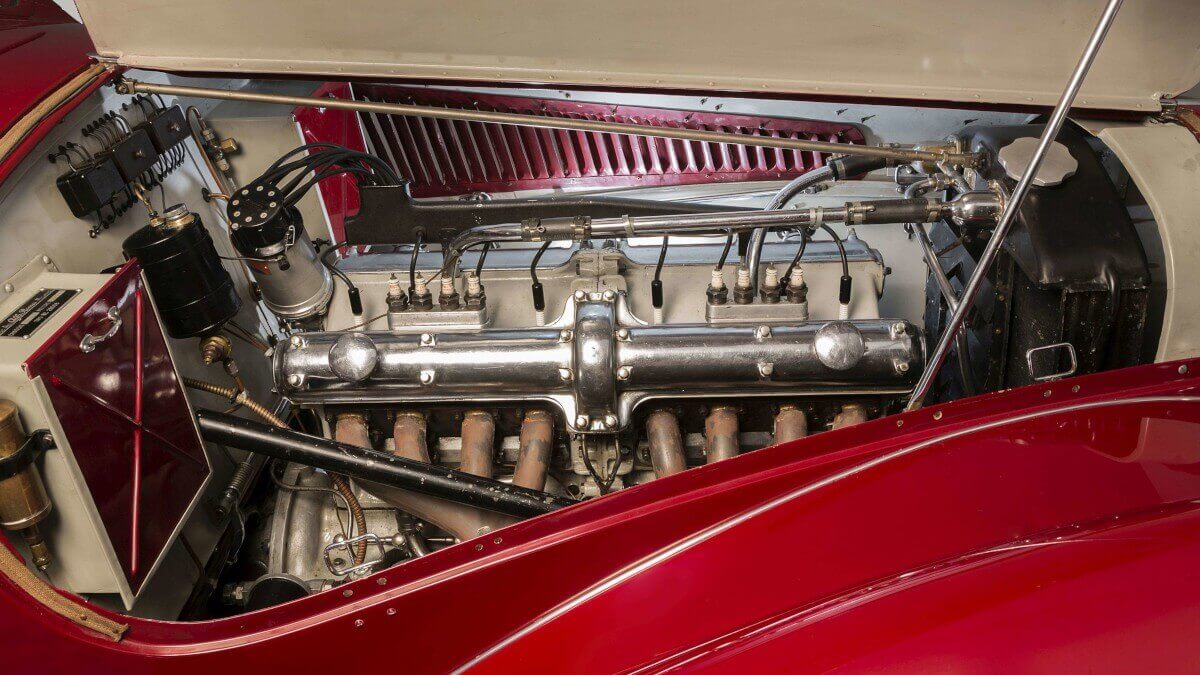

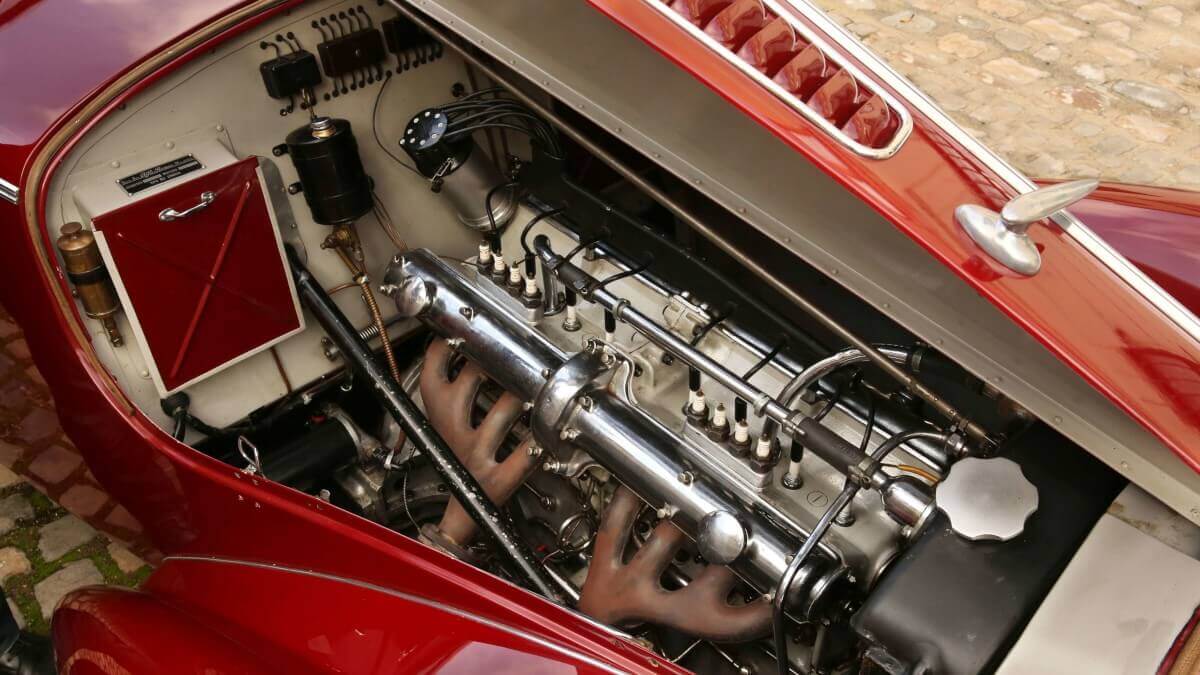

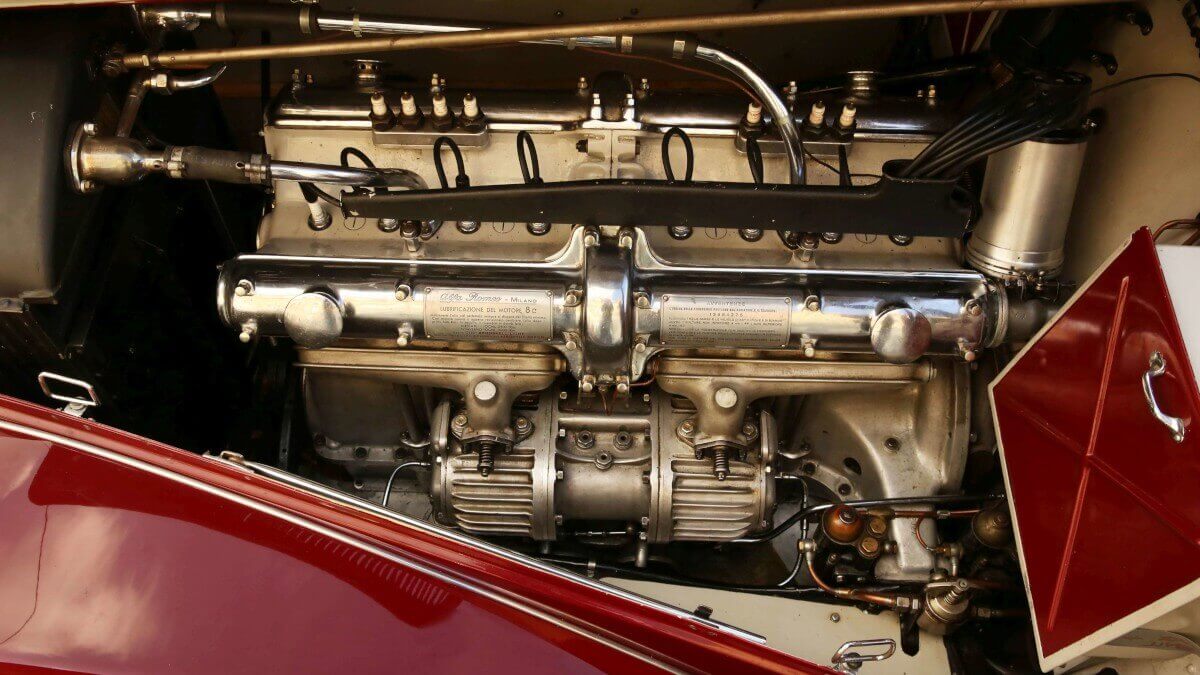

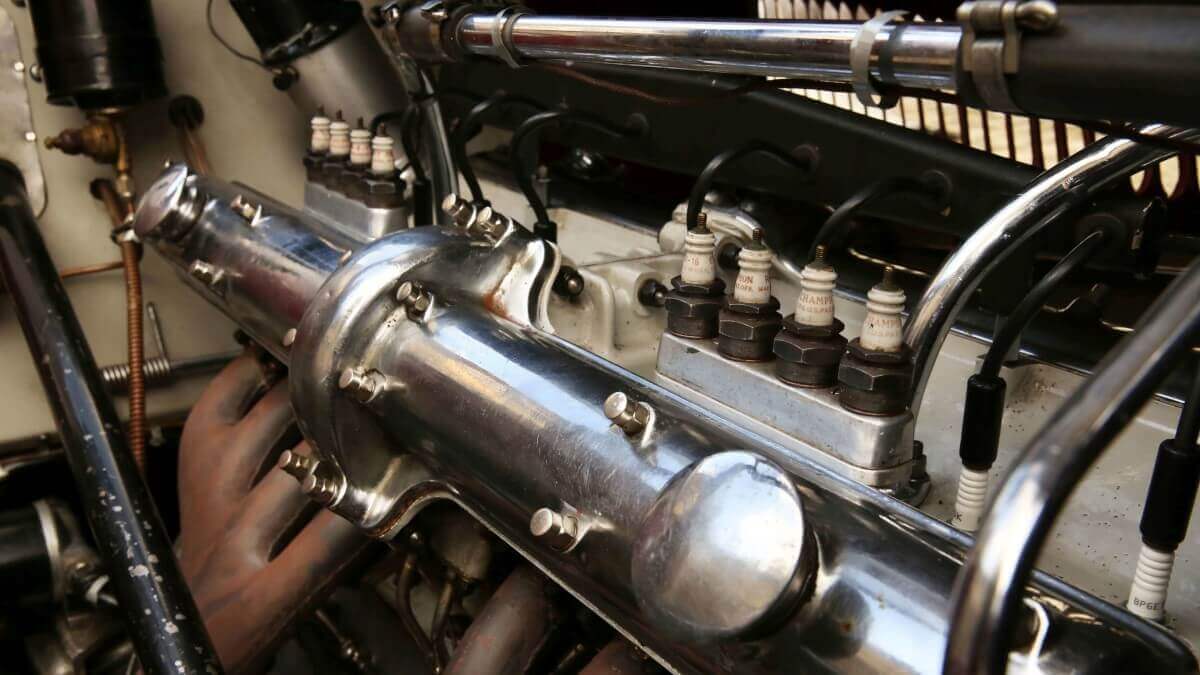

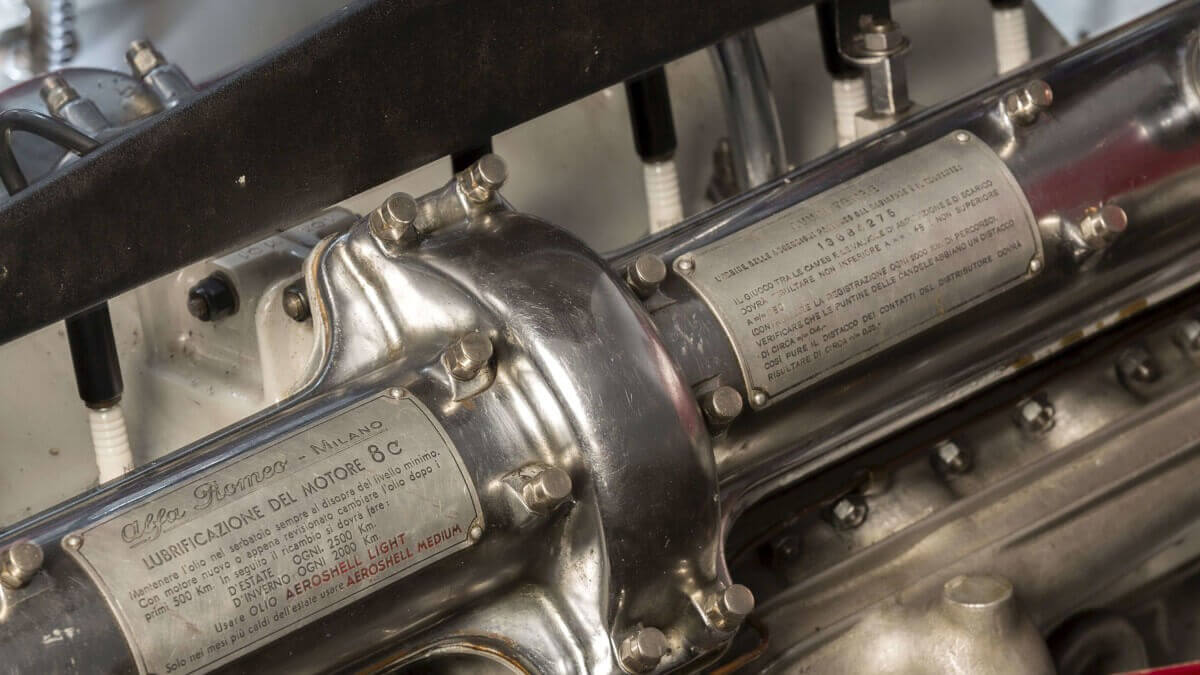

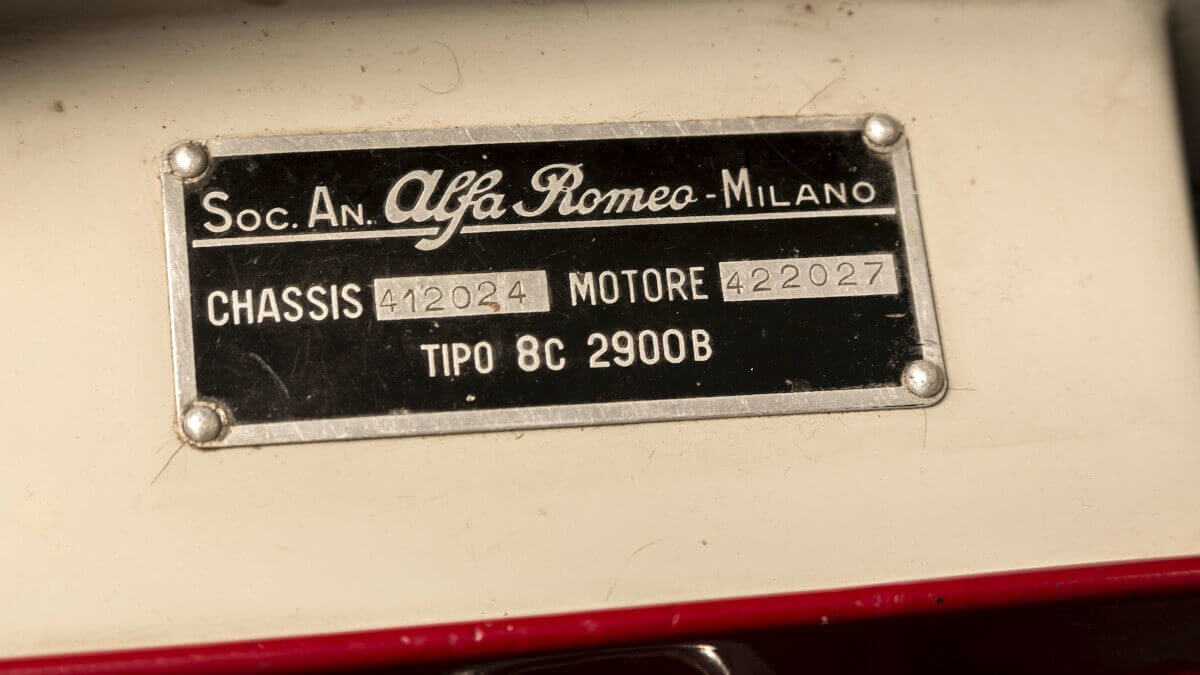

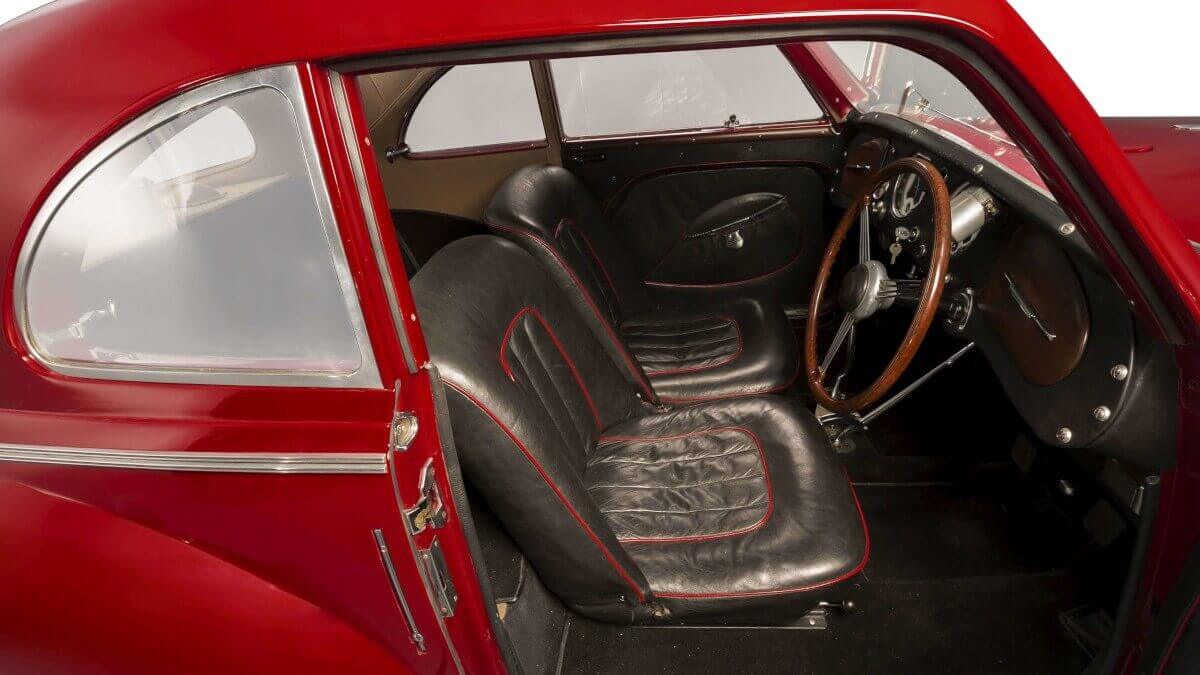

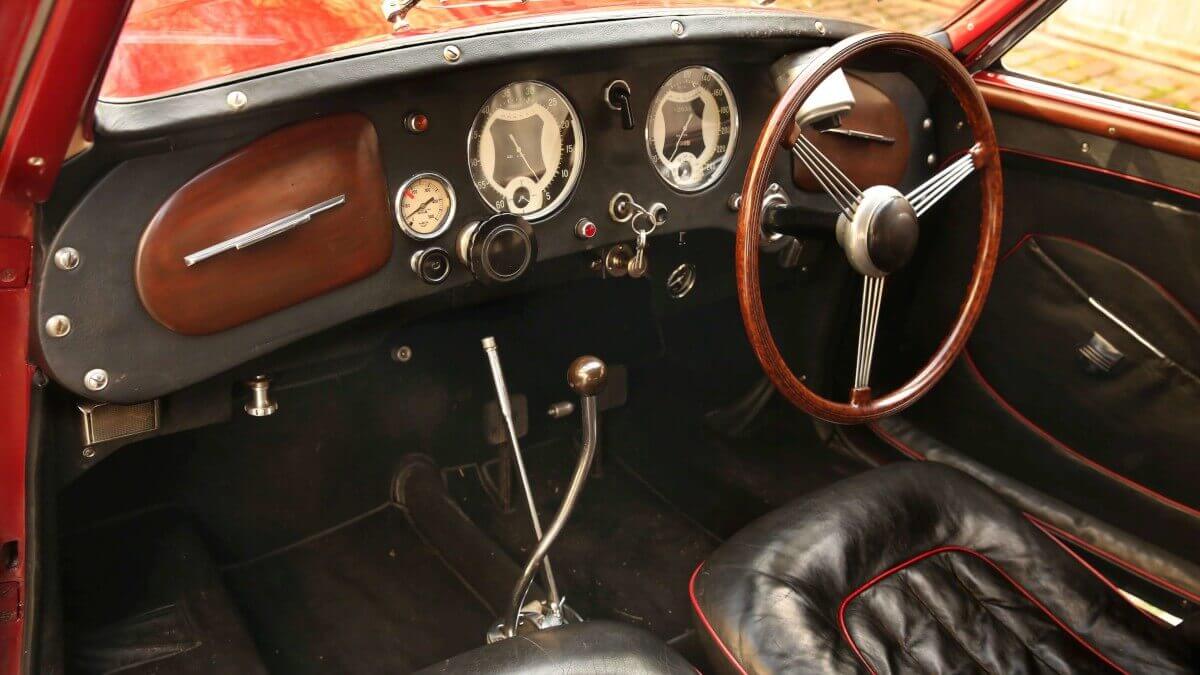

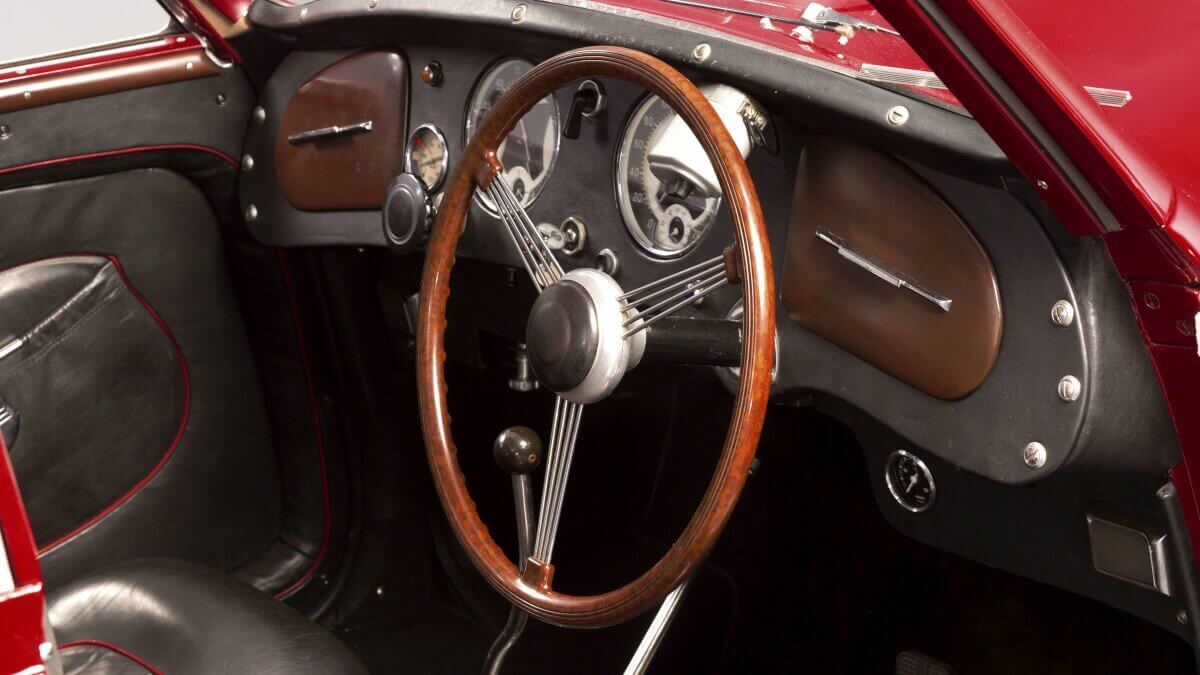

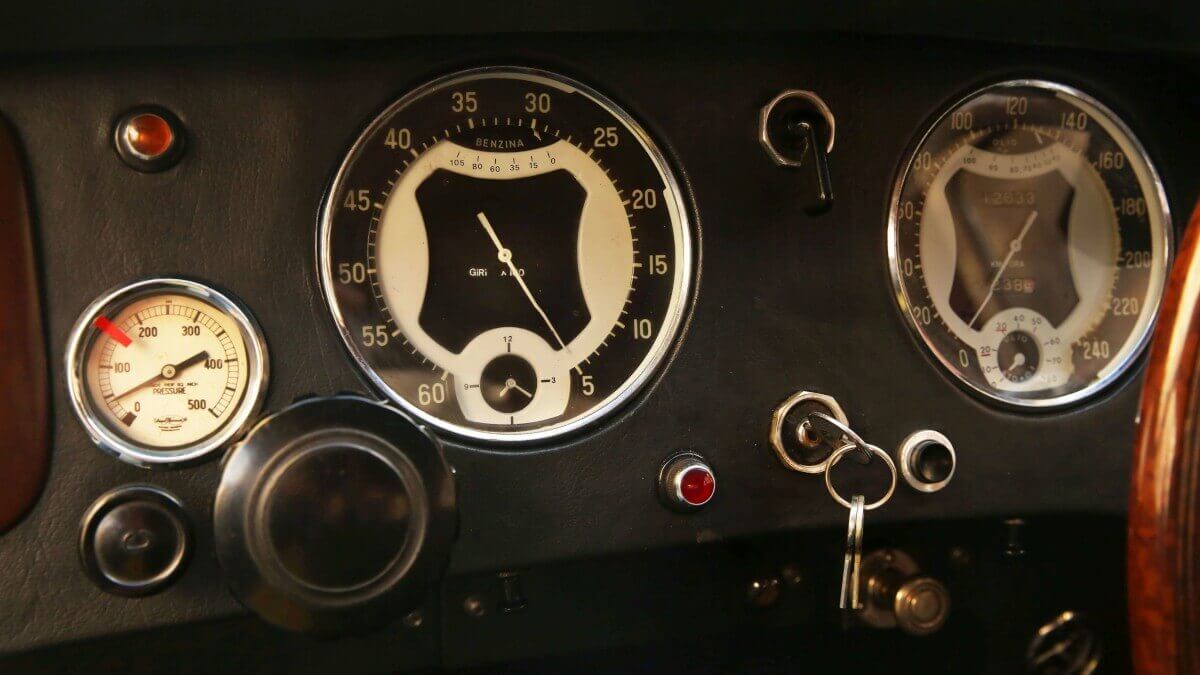

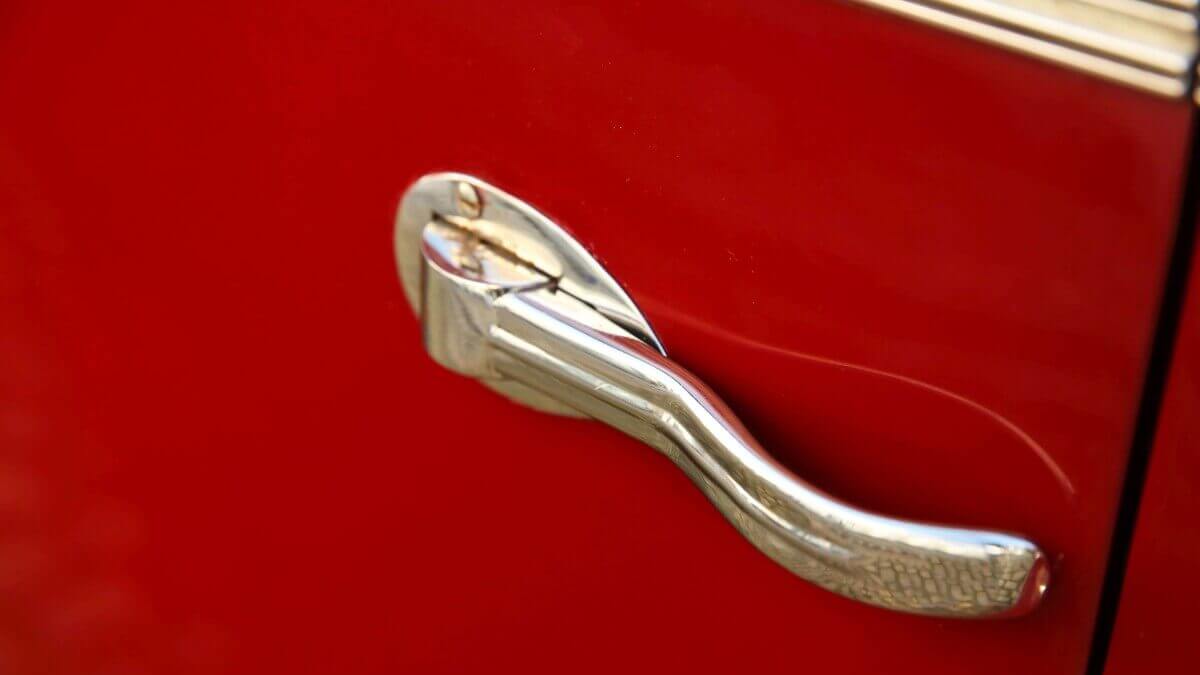

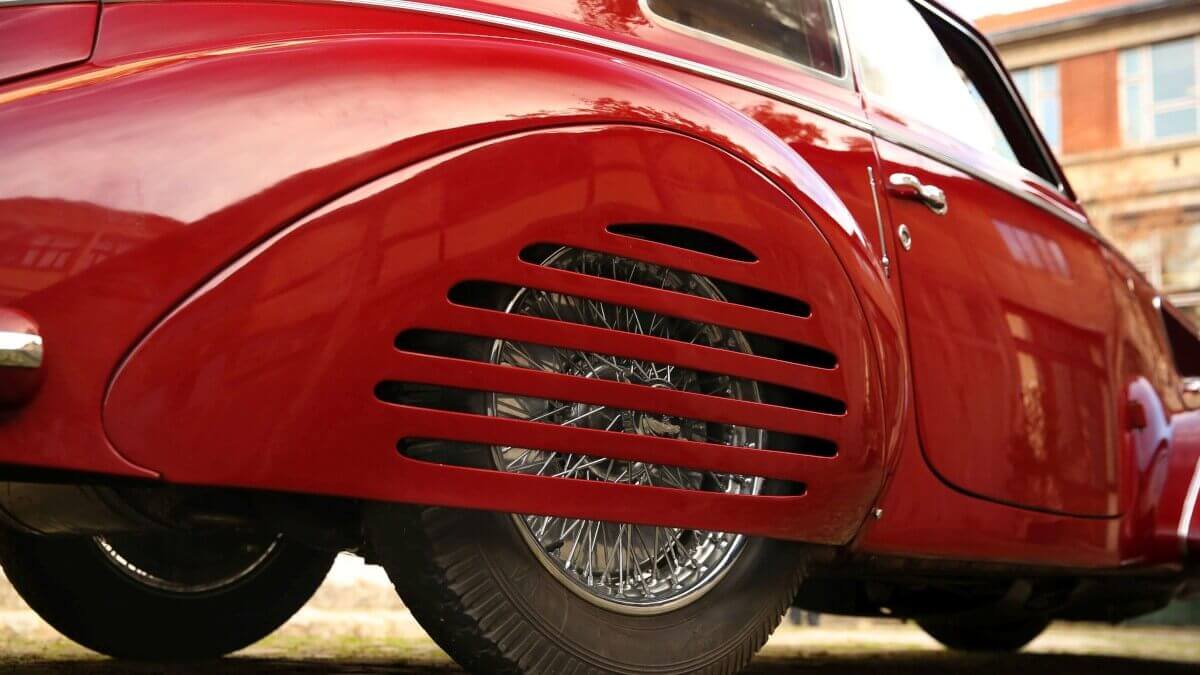

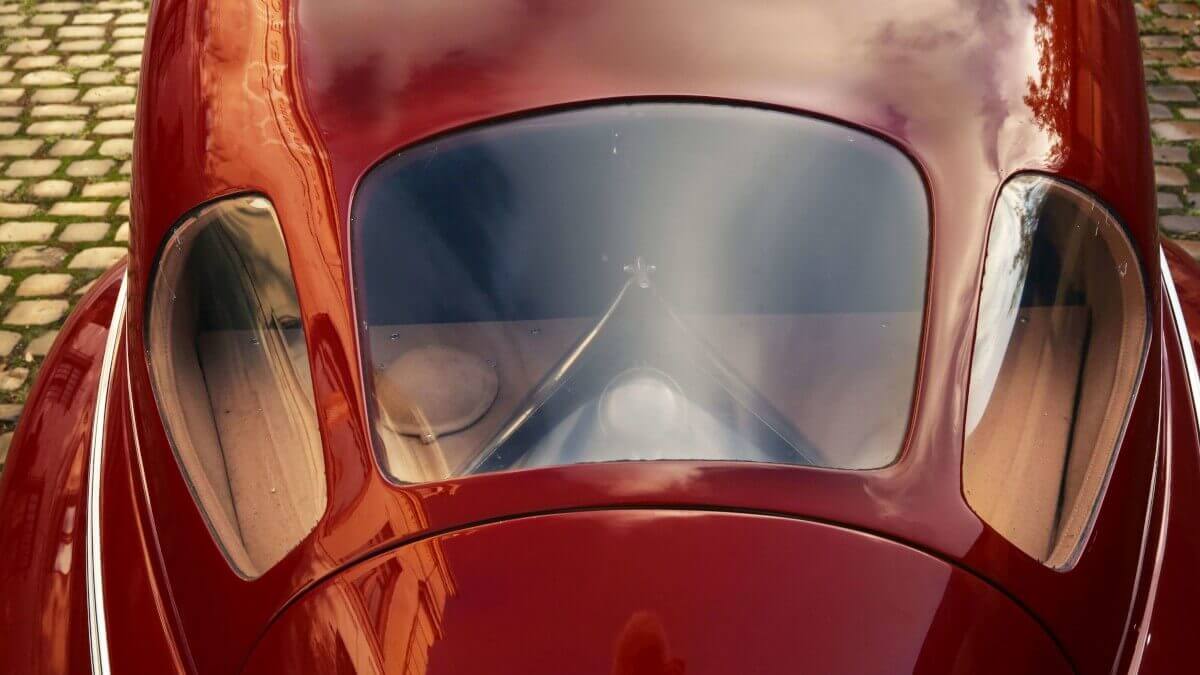

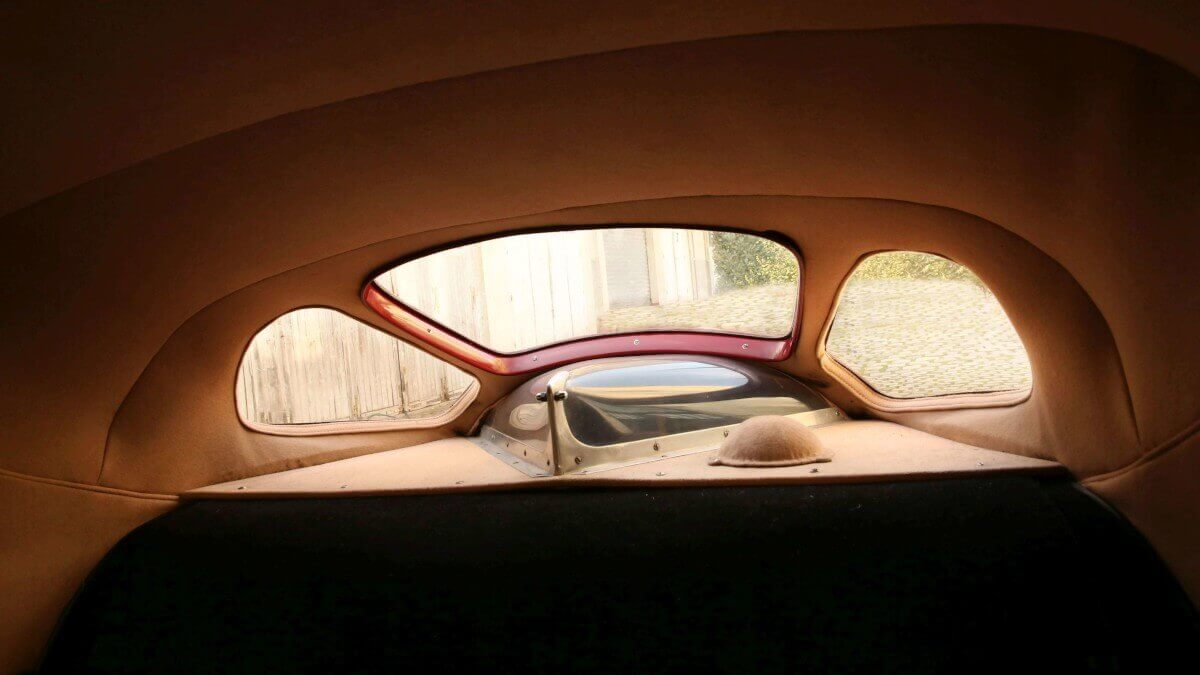

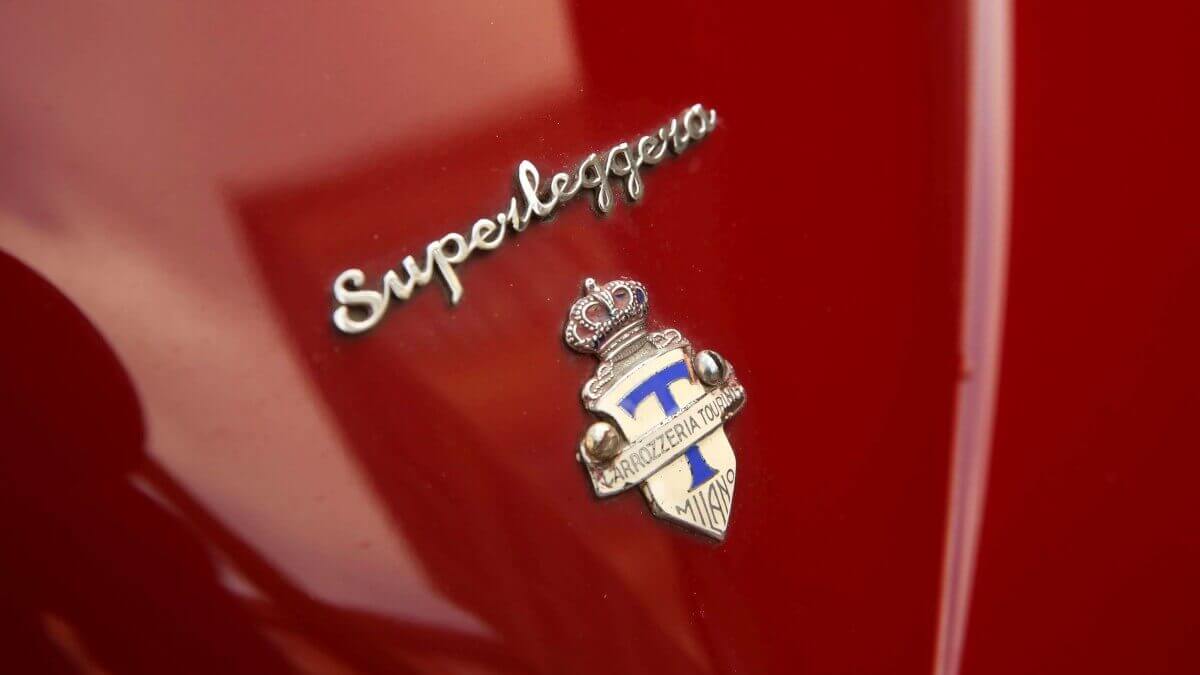

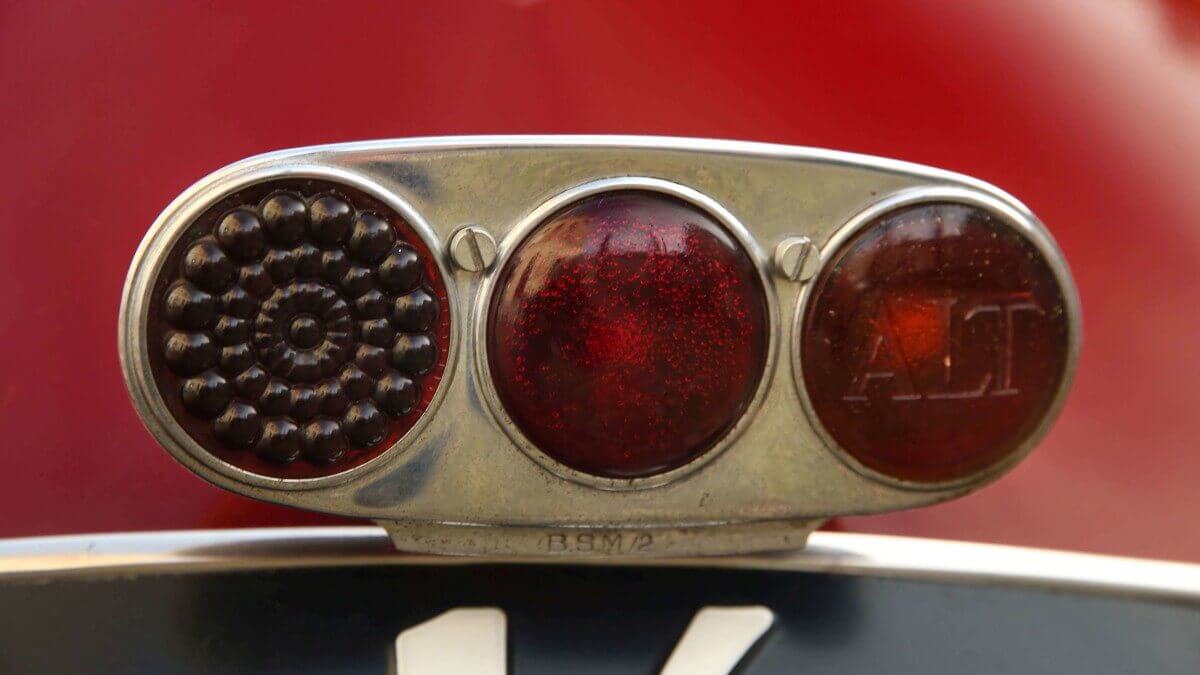

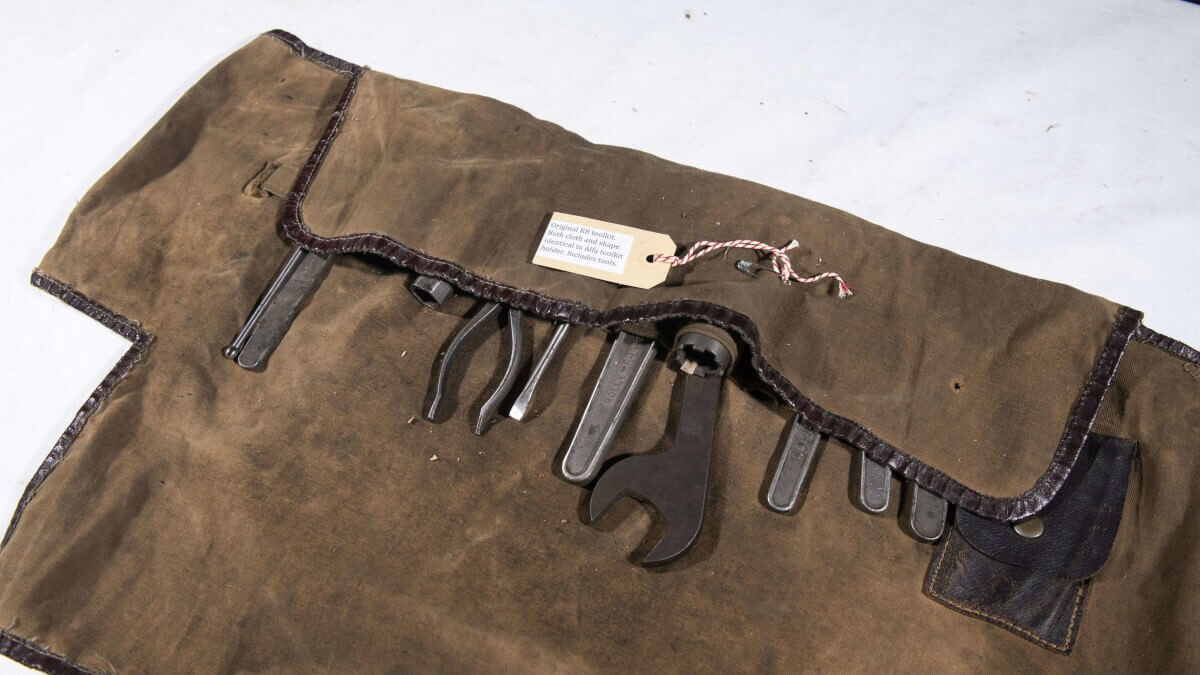

This first Alfa Romeo 8C 2900B Touring Berlinetta with chassis number 412020 was also shown at the major car shows in Milan and Berlin, before it was sold to its first owner in Germany. It was followed by the chassis numbers 412024, 412029, 412035 and 412036. While the first built car was exported to the US in the 1950s, temporarily carried an engine from the 6C 2300 and received the Best of Show award at the Pebble Beach Concours d’Elegance 2018 after an extensive restoration, the third vehicle was first sold to an Italian owner, then changed to Switzerland after the war, where a Studebaker engine was installed. It came back to Italy in the 1960s, where it was rescued and restored. Today it is part of the permanent exhibition in the Alfa Romeo Museum in Arese.
Number four (412035) initially ran as a factory demonstrator, went to Switzerland after the war, then to the USA, won the very first race at Watkins Glen, was restored in the 80s and eventually won the 2008 Pebble Beach Concours d’Elegance as well as other awards at Concours events in Chantilly, at Windsor Castle and at Villa d’Este. At the Paris Motor Show in 1938 the fifth and final 8C 2900B Touring Berlinetta debuted, which was subsequently first registered in Milan, was then sold Brescia and won the Mille Miglia 1947 (without the supercharger mounted due to regulations). Afterwards it was part of car collections in Argentina, USA, Japan and the UK, before it was finally shipped back to the United States. After an extensive restoration, it won its class at the 2006 Pebble Beach Concours d’Elegance, but missed the prestigious Best of Show award.
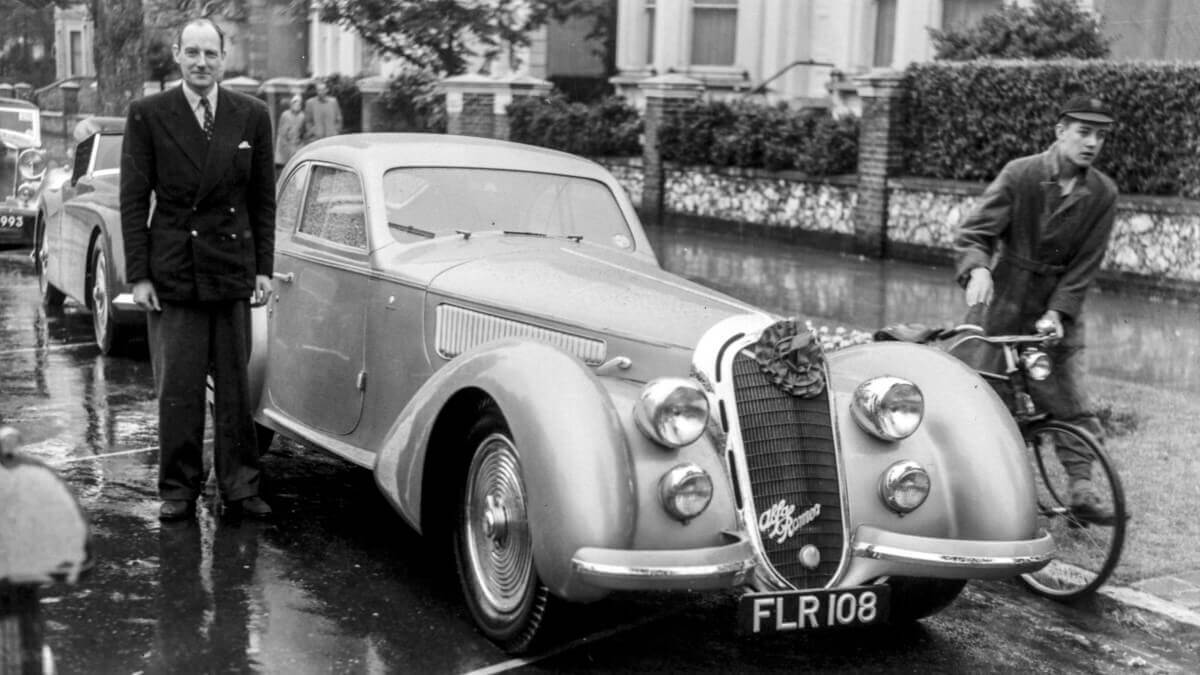

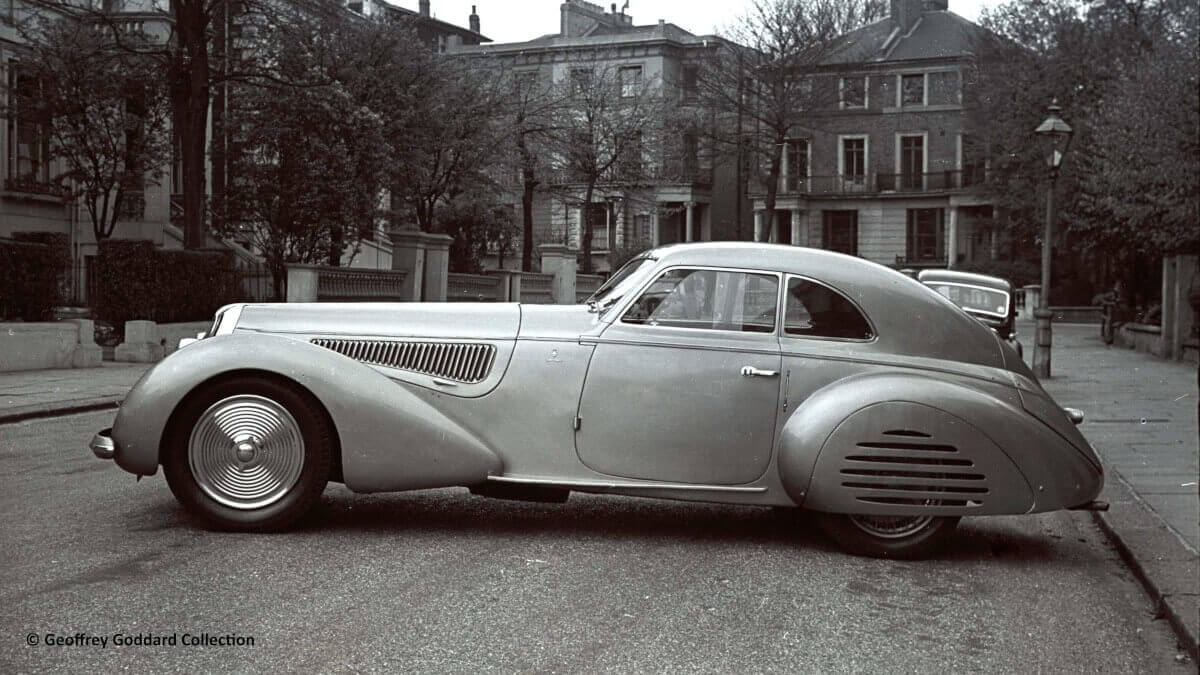

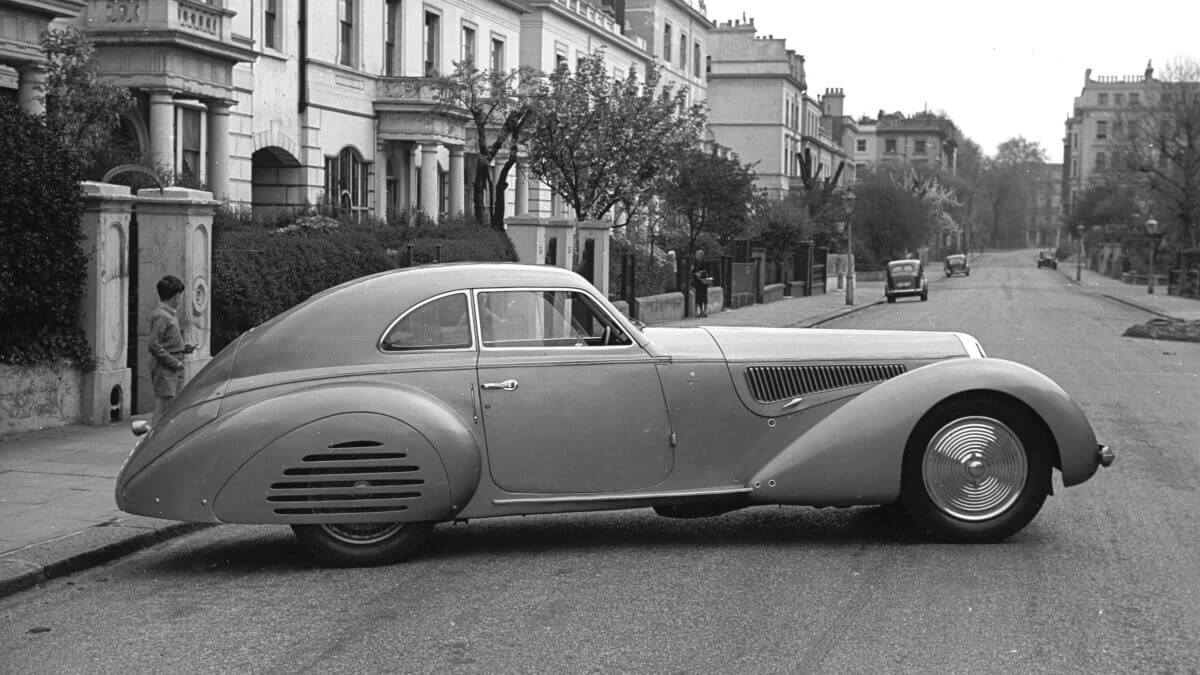

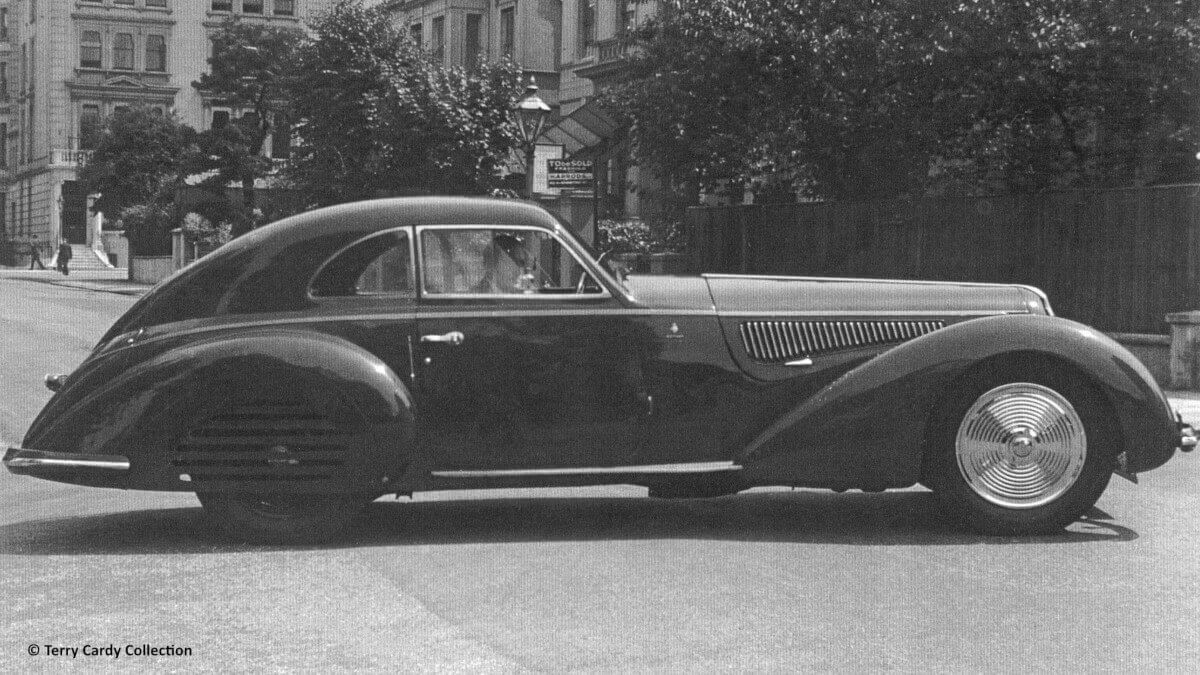

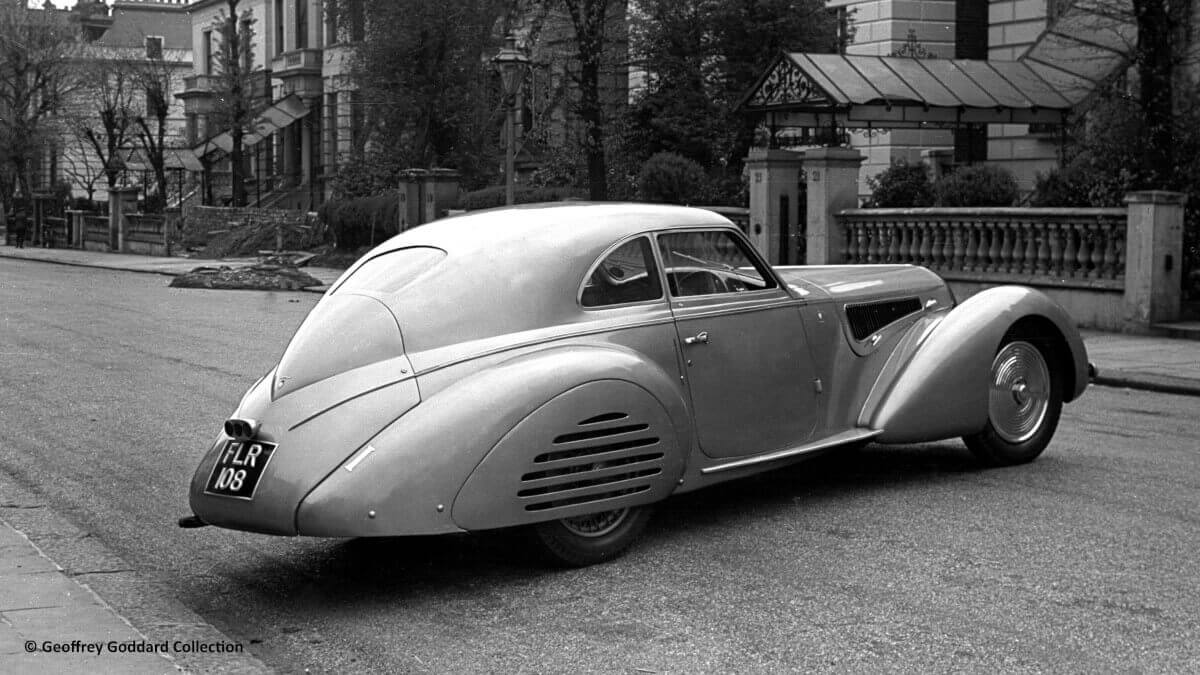

If you’ve read carefully, you may have missed the second built vehicle with Touring Berlinetta bodywork in the list above. Exactly this car is now available for auction at Artcurial as part of their event during Retromobile Paris. Although it is known that the first registration dates from August 1938, today there are no more documents about the first owner. In February 1939, the vehicle reached its second owner in the UK, then painted in blue, and was re-advertised for sale two months later by London Alfa dealer Jack Bartlett with only 5,000 miles mileage. It’s not known where this car spent the war years. In the log book belonging to the vehicle, the first entry is from January 10, 1947, again with the name Jack Bartlett. It is, however, a continuation log book, issued in the UK to cars with more than eight previous owners or when the original was lost. The entry also indicates that the Alfa was repainted to silver in the meantime.
In July 1947, Bartlett and the 8C won one of ten prices at the Concours d’Elegance in Woodcote Park, then in September at the Concours on Regent Street in London they won the class of closed cars from between 1931 and 1940 and in 1948 they won the class of vehicles with more than 16 taxable HP at the Concours of Eastbourne. After an article in Motor magazine the 8C was sold in 1949. In 1951 it changed into the hands of Lord Ripley. After his death it was bought by Nigel Mann from southern France in 1964, who repainted it red. The present owner from the Netherlands bought it in 1976. Until today this 8C 2900B never received a complete restoration, but was well maintained by the respective owners. Artcurial now expects a hammer price between 16 and 22 million euros in the auction. Interested bidders had to register at the auction house at least 48 hours in advance.
UPDATE: A private car collector from the USA won this lot with a hammer price of 16,745,600 € including auction fees. Therefore this Alfa Romeo 8C is one of the most expensive pre-war cars ever sold at auction.
Images: Artcurial, Dirk de Jager, Xavier de Nombel, Christian Martin, Motorsport Images, Geoffrey Goddard Collection, Terry Cardy Collection


